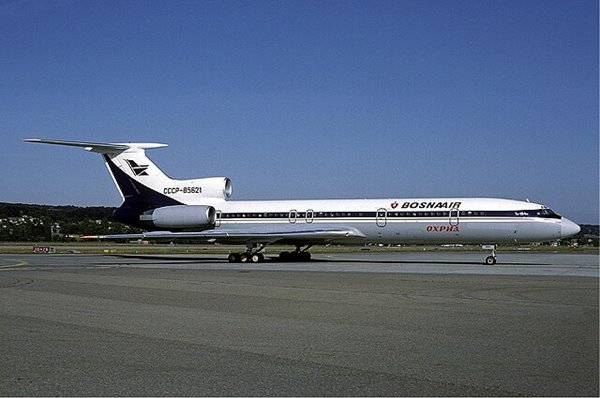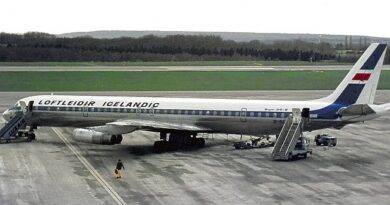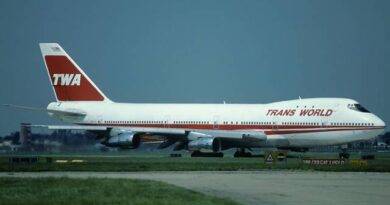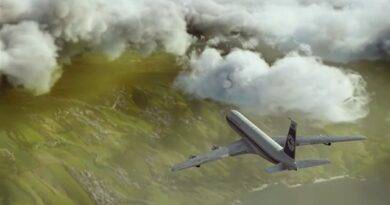Vnukovo Airlines Flight 2801
Vnukovo Airlines Flight 2801 was a chartered flight flown by Vnukovo Airlines on behalf of Arktikugol, a Russian coal mining company, on August 29, 1996. The aircraft was a Tupolev Tu-154M, with registration RA-85621, carrying 130 passengers and 11 crew members, mostly Russian and Ukrainian coal miners and their families.
Vnukovo Airlines Flight 2801, which was bringing Russian and Ukrainian coal workers to the isolated Norwegian Arctic Circle province of Svalbard, took off from Moscow’s Vnukovo International Airport (VKO) on August 29, 1996.

Crew of Vnukovo Airlines Flight 2801
The Tupolev Tu-154M was a Russian narrowbody airliner with three engines that was eight years old. Evgeny Nikolaevich, aged 44, was the captain, while Boris Fedorovich Sudarev, aged 58, was the first officer. On the flight, Igor Petrovich Akimov, 50, was the navigator, and Anatoly Matveevich Karapetrov, 38, was the engineer. There were two technicians and five flight attendants in the cabin crew.
On final approach into Longyearbyen, the aircraft strayed off course and collided with the top of Operafjellet, a mountain located 14.2 kilometers (8.8 mi) from the airport and 3.7 kilometers (2.3 mi) right of the approach centerline. The aircraft was destroyed and all 141 occupants perished.
The cause of the crash was determined to be a combination of factors, including:
- Pilot error: The captain of the flight was flying manually in poor visibility conditions, and he allowed the aircraft to descend below the minimum safe altitude.
- Crew coordination problems: The captain and first officer disagreed about the aircraft’s position, and they failed to communicate effectively with each other.
- Terrain awareness: The crew was not aware of the presence of Operafjellet in the area, and they did not take any action to avoid it.
The crash of Vnukovo Airlines Flight 2801 was the deadliest aviation accident in Norwegian history. It also had a significant impact on the mining community on Svalbard, as many of the victims were employees of Arktikugol.
The crash led to a number of changes in aviation safety procedures, including:
- The introduction of mandatory terrain awareness and warning systems (TAWS) on all commercial aircraft.
- Improved training for pilots on how to fly in poor visibility conditions.
- Stricter rules on crew communication and coordination.
The crash also led to a closer relationship between Norwegian and Russian aviation authorities, as they worked together to investigate the accident and implement safety improvements.
References:
https://admiralcloudberg.medium.com/vnukovo-airlines-flight-2801-the-crash-that-changed-svalbard-forever-1979b8651dc4
https://www.wikiwand.com/en/Vnukovo_Airlines_Flight_2801
image source: By Rolf Wallner – http://www.airliners.net/photo/BosnaAir/Tupolev-Tu-154M/0420691/L/&sid=27016eff4a4a11046da5bf8e42f2b51e, GFDL 1.2, https://commons.wikimedia.org/w/index.php?curid=16207872
For more aviation accidents: https://www.aviationfile.com/aviation-accidents-and-incidents/
By Bjørn Christian Tørrissen – Ow, CC BY-SA 3.0, https://commons.wikimedia.org/w/index.php?curid=12859744



